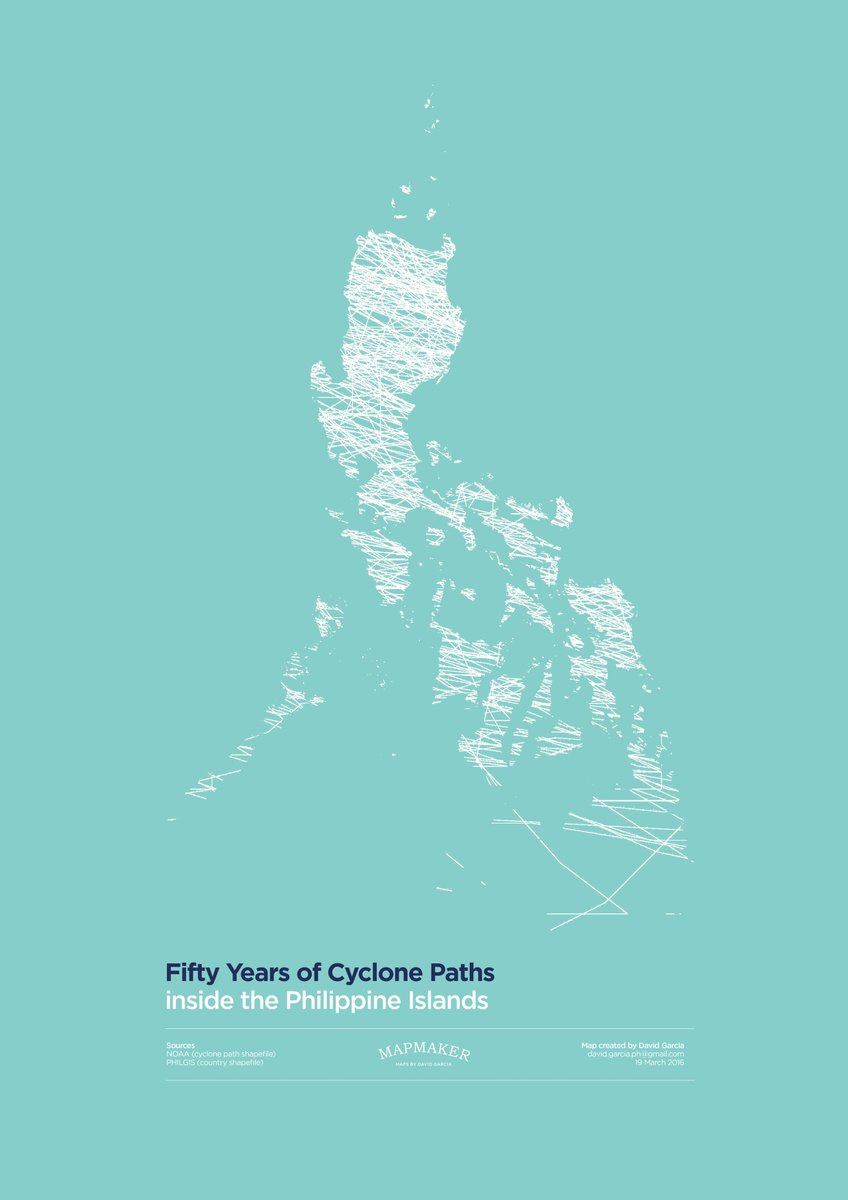Lecture time!
In our work back in 2015-2017 we had the goal to come up with guidelines to design disaster resilient architecture around the country literally based on our pre-colonial vernacular architecture. This Ivatan House was one of the few samples we had to study. https://twitter.com/bumaBAgyo/status/1323543213441835009
In our work back in 2015-2017 we had the goal to come up with guidelines to design disaster resilient architecture around the country literally based on our pre-colonial vernacular architecture. This Ivatan House was one of the few samples we had to study. https://twitter.com/bumaBAgyo/status/1323543213441835009
We also studied the bahay kubo, the bahay na bato, bahay na tabla, the Maranao Torogan, and the Ifugao Bale/Vale. And one of the things we noticed was that if you're located in an area less frequented by typhoons, you're more likely to see flamboyant structures like the Torogan
If you look at this map by @mapmakerdavid, Mindanao is less frequented by typhoons, that's why they used to utilize lower sloped roofing designs and flamboyant wings on the sides.
Conversely, if you're in an area highly exposed to high velocity winds, you'd have a more conservative roof design with shorter eaves, and a steeper slope to deflect the gusts and prevent the roof from being literally swept away or vacuumed off.
Back then the bahay kubo had windows that double as shade or eave extensions. These were detachable in the event of a typhoon and weren't part of the main structural frame. So basically, if you're in an area prone to high velocity winds: use steep roofs, and short eaves.
BUT! We don't have access to the same materials anymore hence we can't make houses the same way. We have different mat'ls and tech now. But luckily we have the Structural Code which covers the safety of our buildings and in turn ourselves in the wake of high velocity winds.
Sadly this hasn't been updated. Our code only covers winds up to 250kph. Yolanda was 300kph i think. But the main problem here lies in implementation and checking. In our study in Leyte post Yolanda, and Bohol post m7.2 earthquake, most buildings were sub-standardly built.
And before I give a full ted-talk let me say that architectural and engineering interventions shouldn't just be the solution. We can immensely mitigate damages and casualties by focusing on the macro through planning and systems.
DRRM is a complex field and it's utterly detail oriented. It's difficult. But once effective it's almost invisible and instinctive because it's a system that works in the macro to micro scale. Which is exactly why the government refuses to focus on this. It isn't PR material.

 Read on Twitter
Read on Twitter



